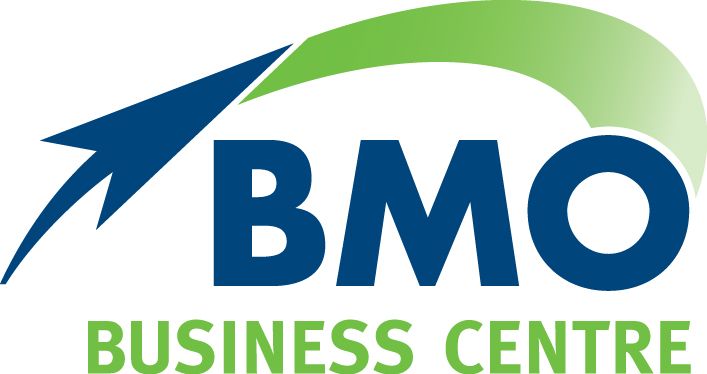Is your SMSF balanced?
The recent sell-off on global share markets due to the economic impact of COVID-19 has highlighted the risks of depending too heavily on a single asset class. Even before the current crisis, the ATO was concerned about a minority of self-managed superannuation funds (SMSFs) with up to 90 per cent of their money in a single asset class.*
Invariably that single asset is an investment property for which the SMSF has borrowed money through a limited recourse borrowing arrangement (LRBA). While property has historically provided good returns over the long run, this is not always a good recipe for providing income in retirement.
The ATO is so concerned about this trend, that last year it wrote to 17,700 SMSFs warning them about the dangers of concentration of risk and suggesting they should perhaps consider greater diversification.*
One of the foundations of prudent investing is diversification. By putting your money in a range of investments and asset classes you effectively spread your risks.
Have a written strategy
Diversification is important for all investors, but especially so for those with an SMSF who are ultimately responsible for their own investment strategy. That’s why SMSFs are required to put their investment strategy in writing.
This is your plan for making, holding and realising assets consistent with your investment objectives and retirement goals. It should explain how your chosen investments will help you meet your goal.
If you have 90 per cent of your fund’s money in a property, you need to document that you have considered the risks associated with this lack of diversification. You need to state why you think the investment will meet your fund’s investment objectives and cash flow requirements.
This document can be attached to your strategy as a signed and dated addendum. If you cannot justify your heavy weighting in property, then you need to change the fund’s portfolio mix otherwise each individual trustee may face a fine of $4200.*
Understanding gearing
Of those SMSFs that have focused heavily on property, a disturbing fact is that many of those funds have lower balances of between $200,000 and $500,000. This makes them even more vulnerable to a market fall. In 2017 the average borrowing under a Limited Resources Borrowing Arrangement (LRBA) was $380,000 and the average value of assets was $768,600. i
With an LRBA , the asset is held in a separate trust. Any investment returns earned from the asset go to the SMSF trustee. If the loan defaults, the lender’s rights are limited to the assets in the separate trust so there is no recourse on any other assets held in the SMSF.
The banks require a personal guarantee from the members when setting up an LRBA so if you default on the loan then any shortfall must be met personally which could further undermine your retirement planning.
How to diversify
How you achieve diversity in your SMSF will depend on the risk profile of the fund’s members. For example, there’s no harm in being skewed towards more conservative investments if the members have a low tolerance for risk, but the trade-off is lower returns in the long run.
The type of investments in the fund may also depend on the age of members. If retired, then the need for cash readily available can be for months ahead in advance. However, the remainder should be in an asset allocation allowing for yield and growth; combination depending upon numerous personal and financial circumstances. That way the capital can potentially grow even in retirement, which will help ensure you don’t outlive your fund.
In contrast, younger fund members might skew their portfolio more towards growth assets such as domestic and international shares. This is because there is plenty of time to recover from market falls such as the one we are currently experiencing. Alongside these growth assets you should also have some defensive asset exposure.
If you would like to discuss your SMSF’s investment strategy and make sure that you are not exposing yourself to unnecessary risk, then give us a call.
The information in this article does not take into account your objectives, needs and circumstances. We recommend that you obtain investment and taxation advice specific to your investment objectives, financial situation and particular needs before making any investment decision or acting on any of the information contained in this document. Subject to law, Capstone Financial Planning nor their directors, employees or authorised representatives gives any representation or warranty as to the reliability, accuracy or completeness of the information; or accepts any responsibility for any person acting, or refraining from acting, on the basis of the information contained in this document. Principal Wealth Management Pty Ltd trading as BMO Financial Solutions ABN 53 109 336 601 is a Corporate Authorised Representative (CAR 277821) of Capstone Financial Planning Pty Ltd ABN 24 093 733 969 Australian Financial Services Licence (AFSL) No. 223135.
The post Is your SMSF balanced? appeared first on BMO Accountants.
Contact Us
BMO Dalby
By Mail:
PO Box 180
Dalby Qld 4405
In Person: 178 Drayton Street (access via Hogan Street)
Dalby Qld 4405
BMO Charleville
By Mail:
PO Box 198
Charleville Qld 4470
In Person: 58 Alfred Street
Charleville Old 4470
BMO Roma
By Mail: PO Box 300 Roma Qld 4455
In Person: 137 McDowall Street Roma Qld 4455
Office Hours:
Monday – Thursday 8am – 5pm and Friday 8am – 3pm
PH: 07 4662 3722
FAX: 07 4662 5975
Useful Links
Stay in Touch
Footer Contact Form
We will get back to you as soon as possible
Please try again later
Contact Us
BMO Dalby
By Mail: PO Box 180 Dalby Qld 4405
In Person: 178 Drayton Street (access via Hogan Street) Dalby
BMO Charleville
By Mail:
PO Box 198
Charleville Qld 4470
In Person: 58 Alfred Street
Charleville Old 4470
BMO Roma
By Mail: PO Box 300 Roma Qld 4455
In Person: 137 McDowall Street Roma Qld 4455
Office Hours: Monday – Thursday 8am – 5pm and Friday 8am – 3pm
PH:
07 4662 3722
FAX: 07 4662 5975
Footer Contact Form
We will get back to you as soon as possible
Please try again later
All Rights Reserved | BMO Dalby | Website design & development by Hey Marketing


